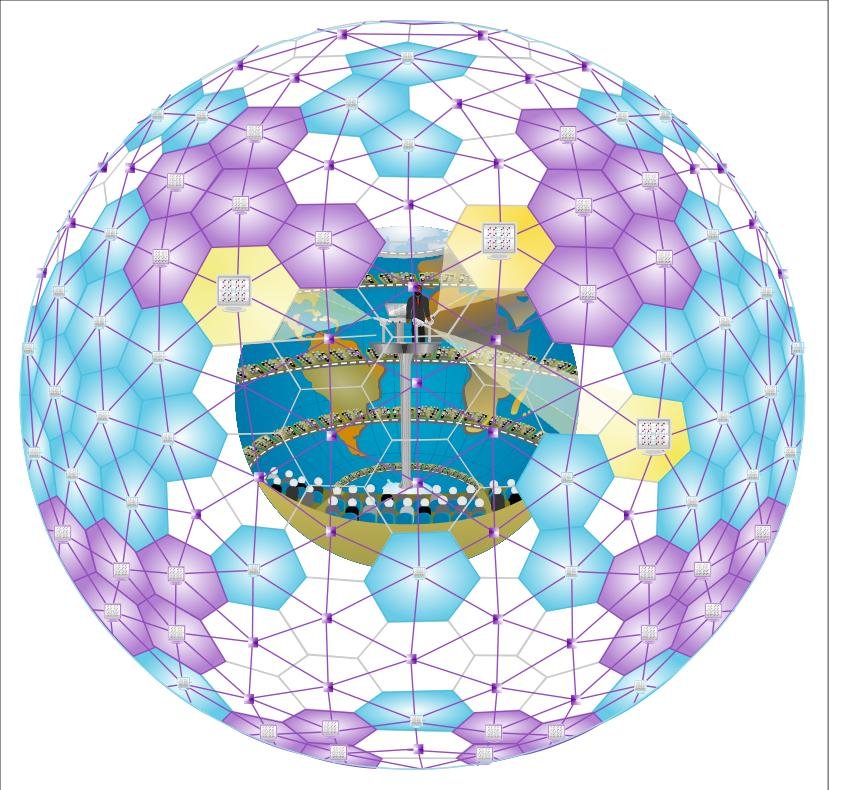
Eighty-one percent of Nebraska households have Internet service -- three-fourths of them using broadband, according to a new study of broadband use and needs in the state.
The survey is a first step in a federally funded effort to expand access to broadband Internet service, especially among underserved demographic groups. Future plans in Nebraska include focus group discussions and facilitation of community planning efforts.
The Nebraska survey is part of a broadband mapping project funded by the U.S. Department of Commerce's National Telecommunications and Information Administration, which aims to increase broadband access. The Nebraska Public Service Commission received the federal grant and the survey was conducted by the University of Nebraska-Lincoln. Other collaborators include the Nebraska Informational Technology Commission's Community Council and the Nebraska Department of Economic Development.
Survey results were presented to the commission on June 22 during a public meeting.
The survey, conducted in March and April by UNL's Department of Agricultural Economics and Center for Applied Rural Innovation, was mailed to about 6,200 households, with 2,912, or 47 percent, responding.
"The very high response rate to this survey shows just how important broadband access is to all Nebraskans," said Jerry Vap, chairman of the commission. "It will play an important role in assisting industry, policymakers and researchers to promote, encourage and expand the availability and use of broadband throughout the state," he added.
Although the survey showed 81 percent of respondents had Internet access, and 76 percent had broadband, it also revealed some gaps in Internet service among certain demographic groups:
-- While 98 percent of households with incomes of at least $75,000 had Internet access, only 54 percent of those with incomes under $20,000 did. Ninety-four percent of the former had broadband, while only 44 percent of the latter did.
-- Ninety-three percent of respondents ages 19 to 39 had Internet access, compared to 56 percent of those 65 and older. A similar dividing line was found in measuring broadband access.
-- Ninety-four percent of people with at least a four-year college degree had Internet access. Forty-one percent of those with less than a high school education did. The numbers for broadband service: 91 and 31 percent, respectively.
-- Eighty-six percent of people in both Omaha and Lincoln had Internet access, compared to 62 percent in central Nebraska. The numbers for broadband service: 83 percent in Omaha, 81 percent in Lincoln; 56 percent in central Nebraska.
Broadband access offers a much higher rate of data transmission than the old dial-up service, which requires use of a telephone line. The survey shows that Internet users with broadband are more likely to communicate via e-mail and use the Internet for activities such as news, social networking and online banking.
Other findings in the survey:
-- Seventy-five percent of Nebraska households have access to a local place -- for example, a library or school -- where they can use an Internet-accessible computer for free. Forty-one percent of households without Internet access use those public resources.
-- Forty-eight percent of households with only dial-up service say they don't have broadband because of its cost. Twenty-five percent said they're happy with dial-up.
-- Fifty-six percent of the households with Internet service said someone works from home using the Internet at least a few times a month. Almost one-quarter work from home using the Internet every day.
Regional forums are planned later in 2010 to discuss the survey results and begin efforts to boost broadband access to currently underserved groups. Statewide and regional technology plans will be developed. The full report is accessible from the commission's website at: http://psc.nebraska.gov./home/NPSC/NTIA/Internet_Connectivity_and_Use_in_Nebraska.pdf.
- Dan Moser, IANR News
More details at: http://go.unl.edu/5s8